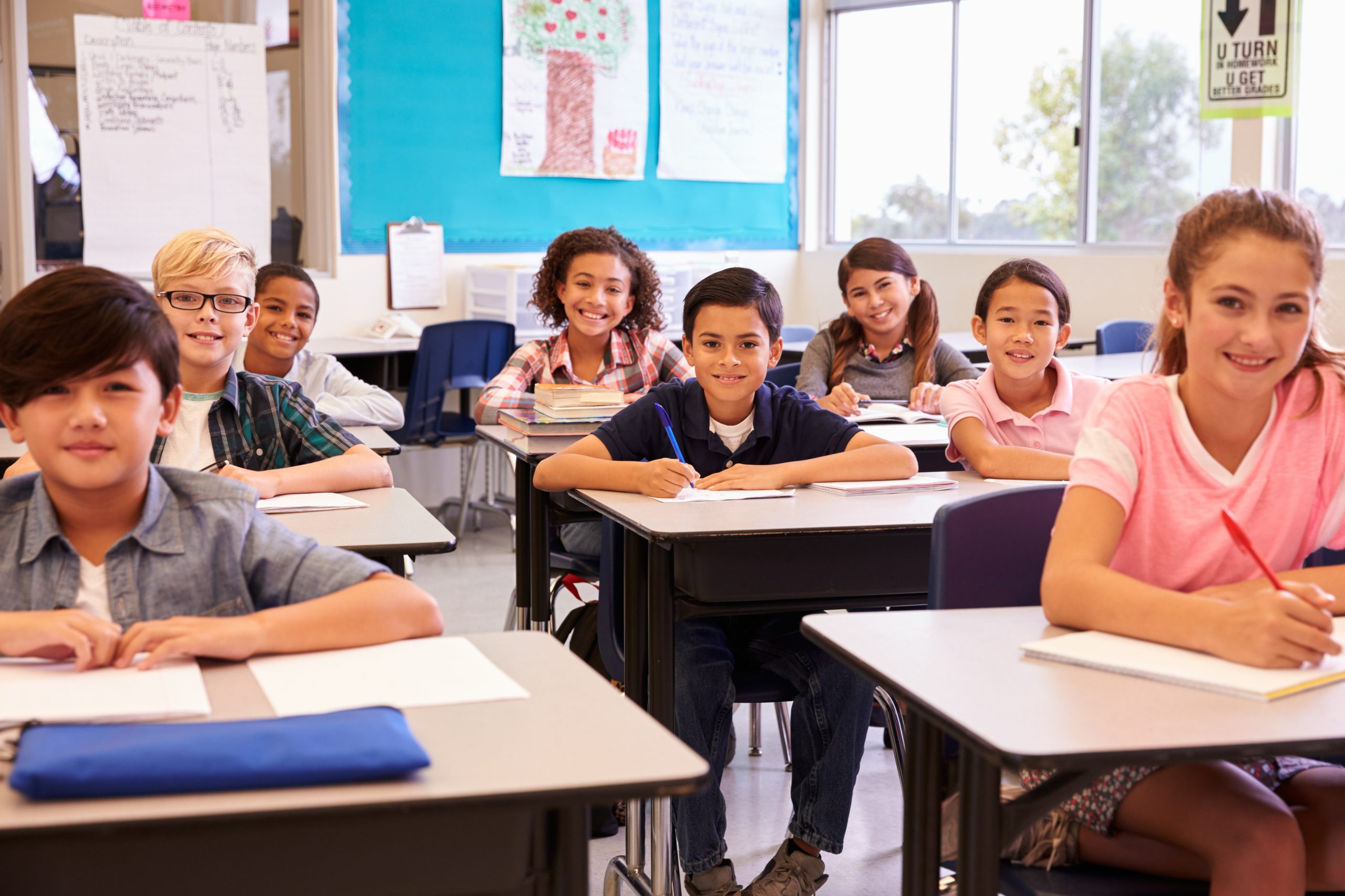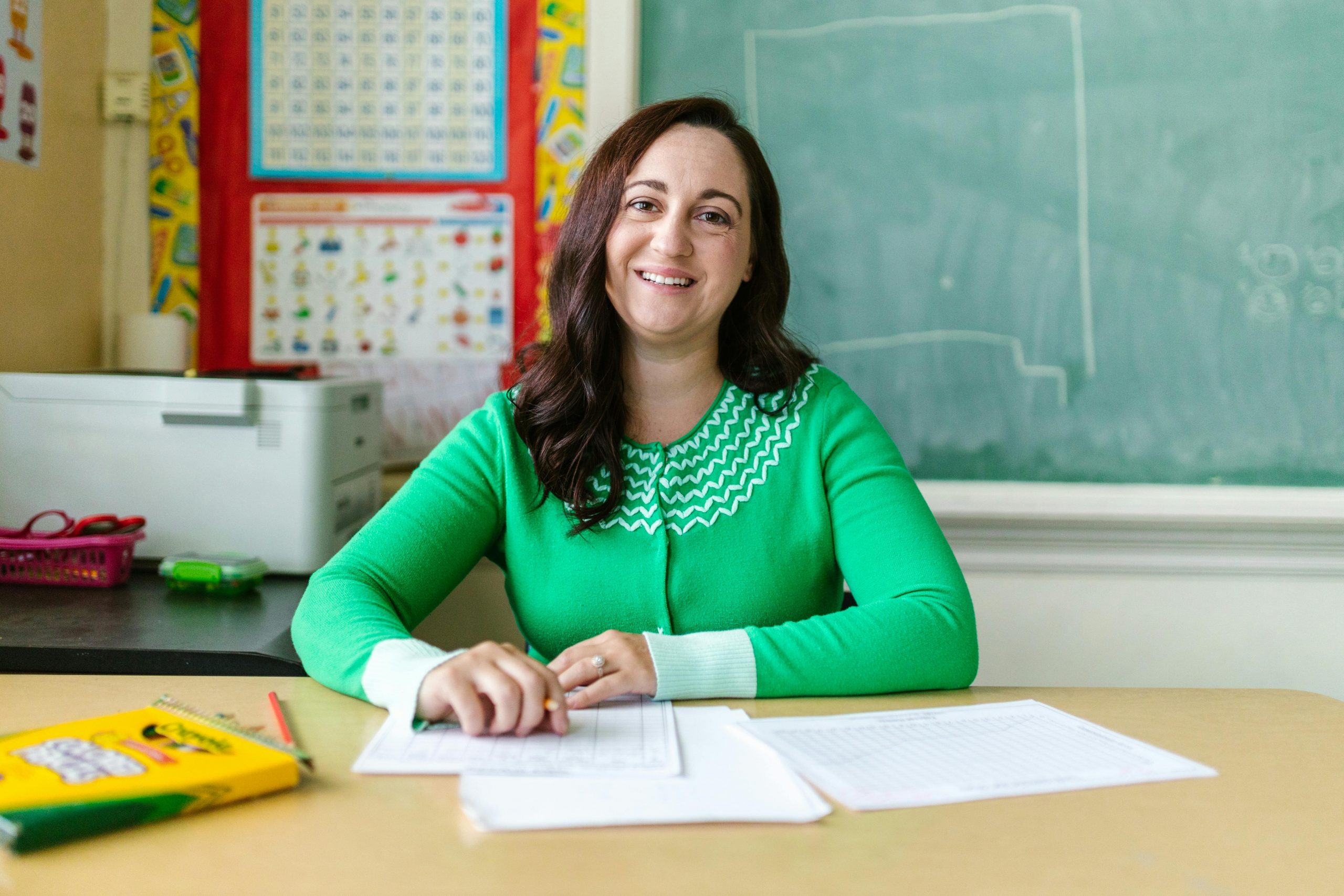Social promotion, which involves promoting student`s to the next grade level even if they haven’t met academic standards, sparks a lot of discussion in the education world. While it aims to shield students from the negative effects of being held back, it also brings up concerns about their academic preparedness. As education progresses, it’s important to weigh the pros and cons of social promotion and its broader impacts.
Table of Contents
ToggleThe Advantages of Social Promotion
One key advantage of social promotion is that it helps maintain students’ self-esteem and emotional well-being. Retaining students can lead to feelings of failure, shame and social stigma, which can have lasting effects on their mental health. Social promotion allows students to stay with their peers, fostering stronger social bonds and lowering the chances of them dropping out.
Another benefit is that social promotion enables students to keep receiving instruction that matches their age group. When held back, students may face material that doesn’t align with their developmental stage, leading to boredom and disinterest. By moving ahead with their peers, schools ensure that students are exposed to challenging yet age-appropriate content.
The Drawbacks of Social Promotion
Despite its advantages, social promotion comes with notable drawbacks.
One significant issue is the possibility of students progressing without fully mastering essential academic skills, which could result in accumulating knowledge gaps. This might impede their grasp of more intricate concepts in higher grade levels, ultimately impacting their long-term academic achievements and preparedness for further education or entering the workforce.
Furthermore, social promotion has the potential to weaken academic standards. When students are moved up a grade level without meeting the necessary requirements, it can convey a message that hard work and success are not crucial. This could lead to a decline in student motivation to strive for academic excellence, potentially reducing overall educational outcomes.

Balancing Social and Academic Demands
To tackle the issues associated with social promotion, a well-rounded approach is vital. Schools should introduce targeted measures for students facing difficulties, like tutoring, summer classes or extra support programs, to help them bridge any academic gaps without resorting to retention. This ensures that students receive the necessary assistance while still progressing alongside their peers.
Additionally, fostering an environment within schools that is supportive and inclusive can help counteract the adverse effects of holding students back a grade. Schools can concentrate on cultivating a culture that values growth and effort over mere academic success. By acknowledging and appreciating progress made by students, schools can motivate them to persevere through challenges without being afraid of failing.
The discussion on social promotion underscores the importance of adopting a more individualized approach to education. With the changing landscape of education, it is increasingly evident that standardized solutions fall short. Personalized learning, which customizes instruction based on each student’s requirements and pace, presents a promising alternative. This method can help guarantee that every student, irrespective of their academic status, receives the necessary support to excel.
Furthermore, technology plays a vital role in shaping the future of education. Adaptive learning platforms and data analysis enable educators to pinpoint students’ strengths and weaknesses, leading to more focused interventions. By utilizing these resources, schools can offer tailored learning experiences that cater to the diverse needs of students.
In conclusion, striking a balance is crucial when addressing social promotion—a multifaceted issue with no simple solutions. While it promotes emotional and social growth significantly, it also presents challenges concerning academic integrity and student readiness. The future of education hinges on finding equilibrium between these conflicting demands to ensure students receive both emotional backing and academic readiness.
Ultimately, the aim should be to establish an educational system that acknowledges and fosters each student’s unique potential.
By integrating individualized learning, focused support and a nurturing school environment, we can progress towards an educational system that genuinely caters to the requirements of every student, equipping them for a prosperous tomorrow.









